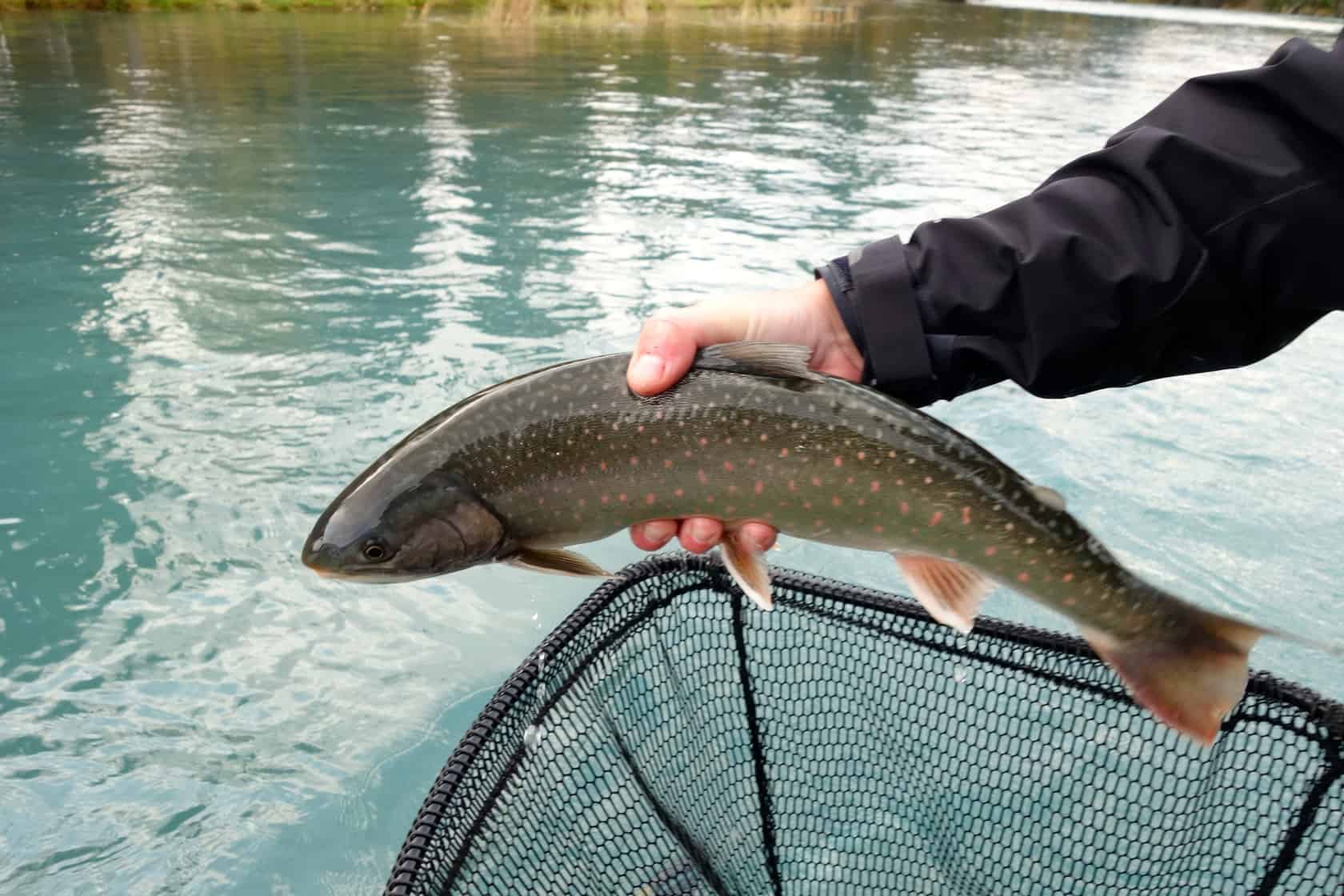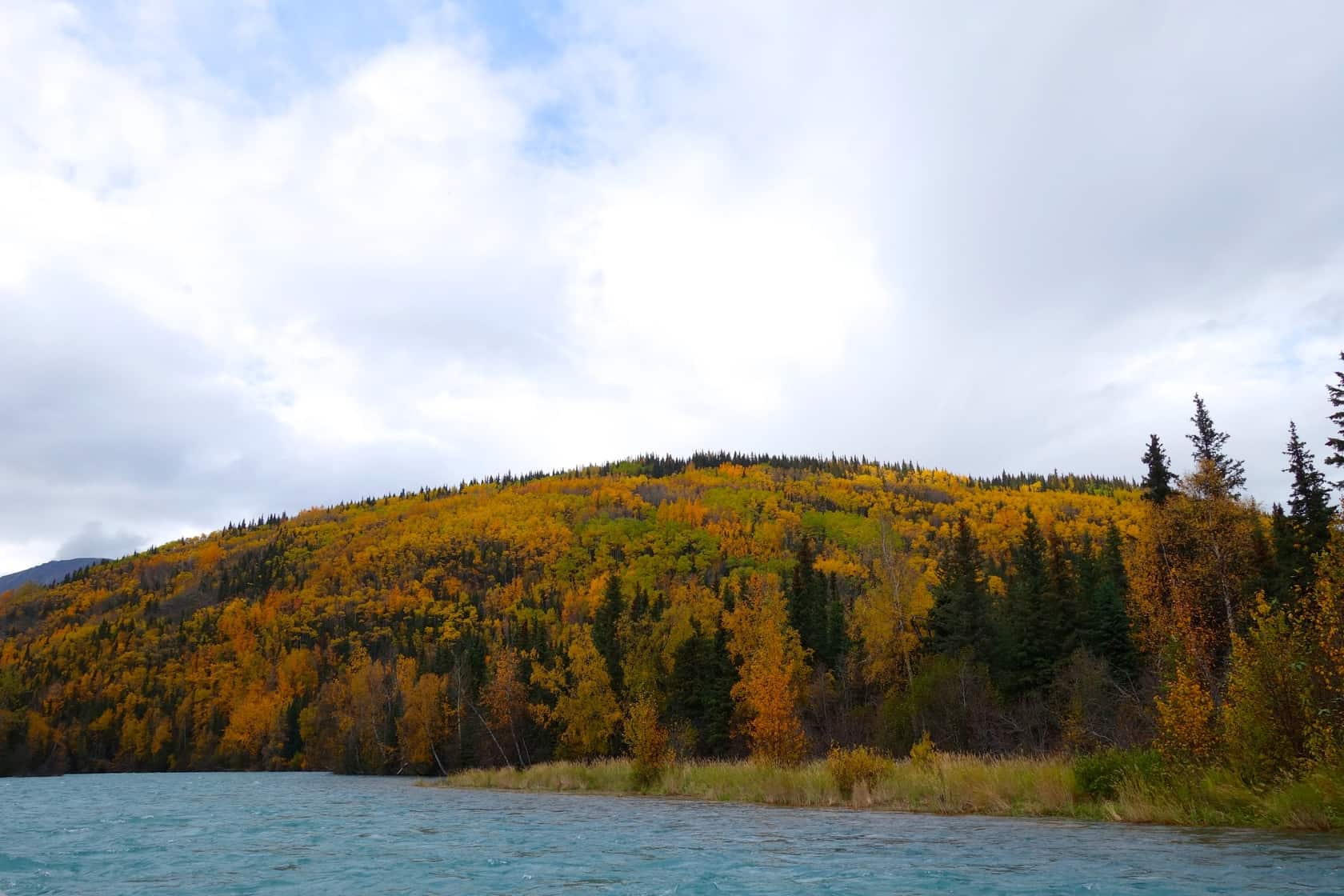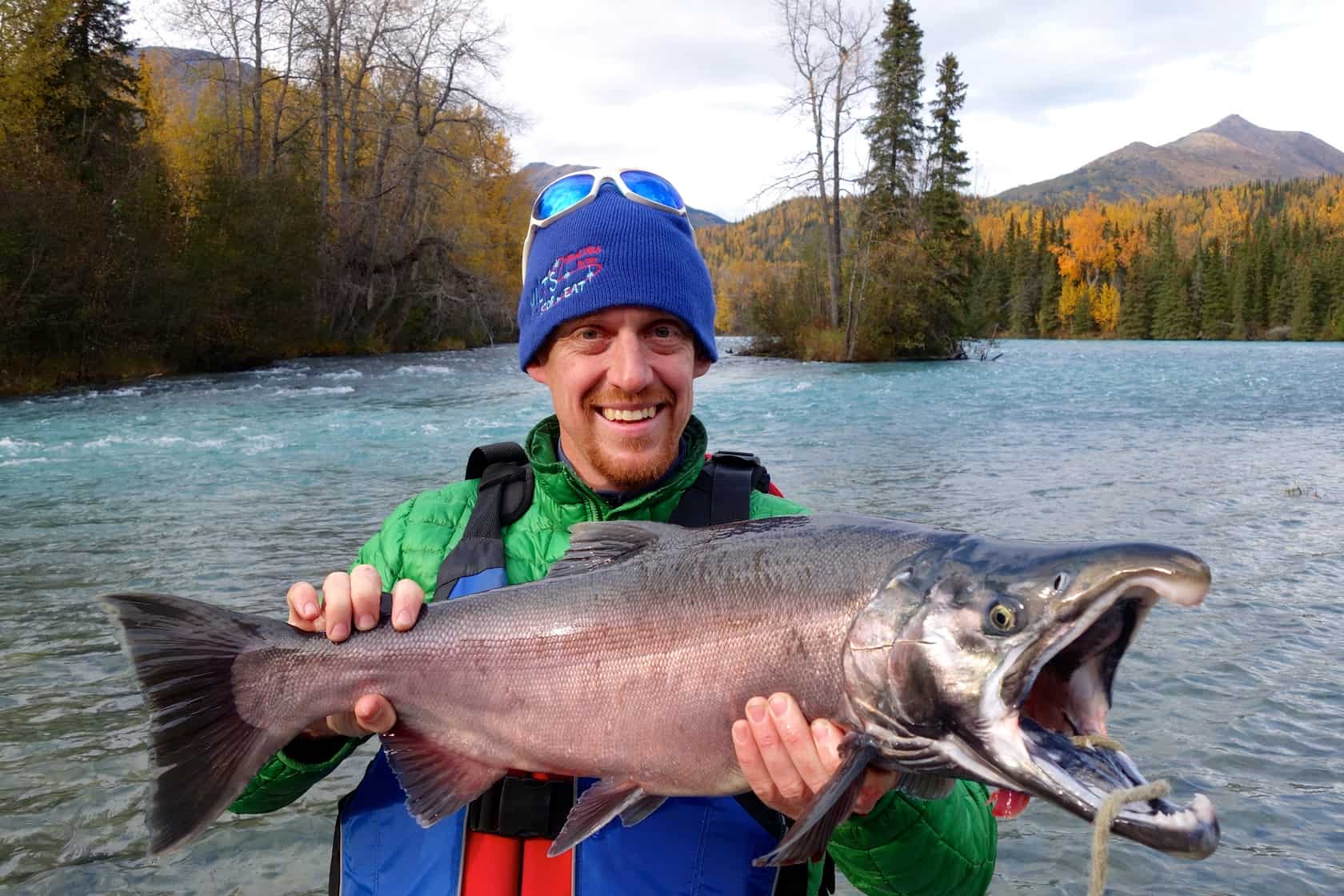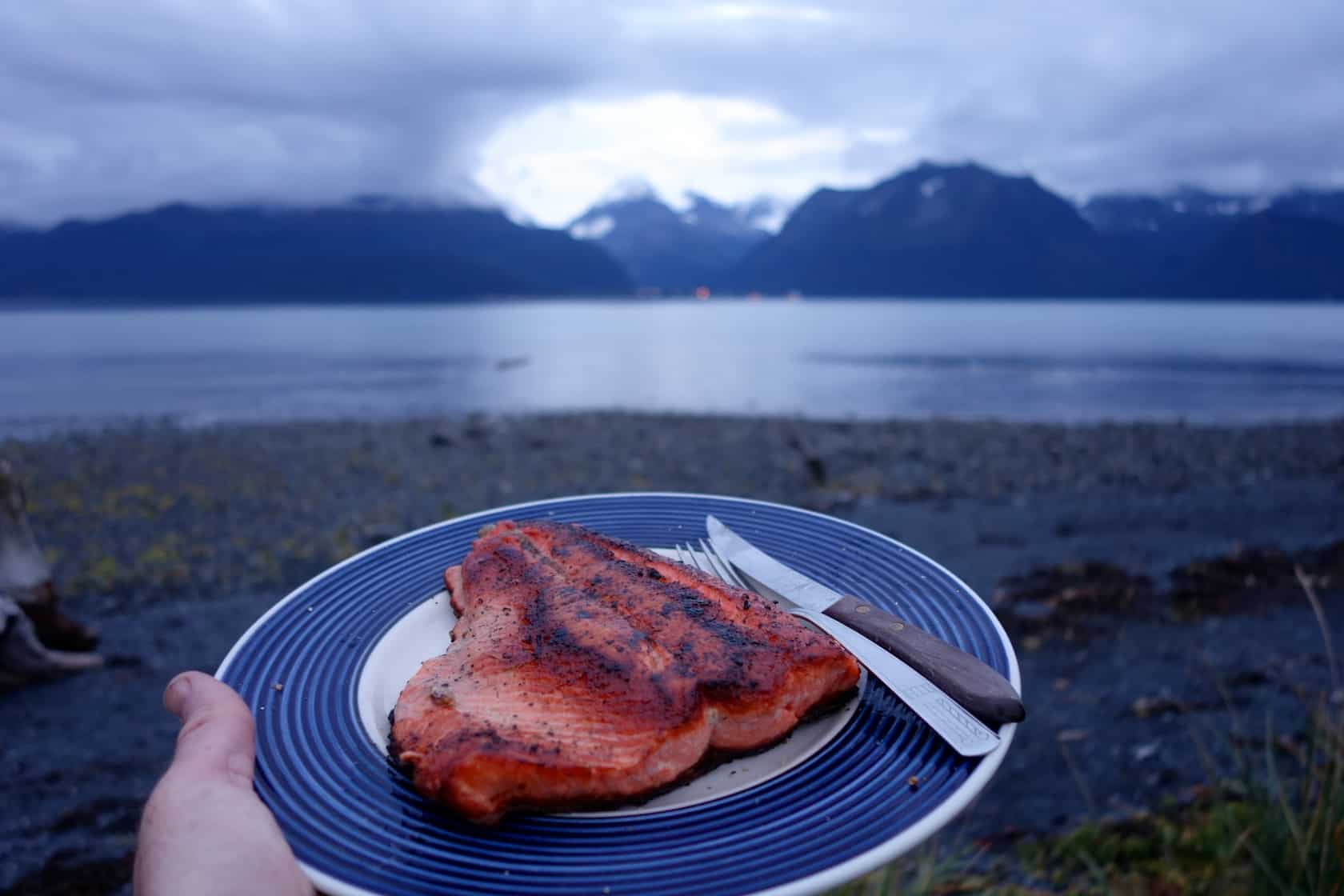Perhaps too often there's not enough just being
For all its benefits, modernity sure has a lot of hustle and bustle. There’s a whole lot of going and doing and completing and achieving. Perhaps too often there’s not enough just being. Admittedly, for the past decade and a half my lifestyle choices have reinforced my need to always be working toward completing something. First with law school and work, then as an attorney with iRunFar on the side, and, finally, just with iRunFar.
Perhaps, then, it’s no coincidence that a mere two or three years into this stretch I felt the urge to go fishing and, specifically, fly fishing. I distinctly remember being in Park City, Utah and wanted to join a friend’s father on a nearby river. It didn’t happen that summer… nor the next. Indeed, I wouldn’t go fishing at any point in the following decade.
Last summer, the urge to fish was rekindled. First, my friend Brian Beckstead suggested that we and others go “ultrafishing,” that is running in and out of a remote location to fish, after an industry convention. That trip never happened, but a few weeks later I killed a couple days along the Norwegian coast between European work obligations. During this time, I managed to get out for a bit of pier fishing as well as some crabbing from a small boat.
Fast forward a year and this August the ultrafishing trip happens. We run 10 miles into Utah’s High Uintas Wilderness and fly fish in some of its hidden alpine lakes. I catch a little brook trout on my first cast and, pardon the pun, I’m hooked.

A month later, I pass through West Yellowstone en route to report on The Rut races in Big Sky, Montana. Completely exhausted by an all-night drive directly after a four-flight intercontinental itinerary, I indulge myself by waiting outside a fly shop until they open at 7 a.m. so I can purchase a fly fishing setup. Two hours later, I’m fishing the Gallatin River in Yellowstone National Park. I don’t catch a thing, but I thoroughly enjoy my two hours on the river.

This year’s fishing experiences had my psyched to visit Alaska. I now had my own fly rod for small fish and borrows two heftier rods from Brian for more substantial trout and salmon. Despite hearing that the salmon runs are all over, I pick up a two-week license my second day there and two days later I leave my car in light rain to wander along the banks of the Talkeetna River. I look down over the sharp bank and what should immediately appear? Salmon! A dozen coho (i.e., silver) salmon were using this slackwater as their spawning grounds while a few carcasses littered the river bottom and adjacent shore. Although I couldn’t find it in the regulations I carried, I knew better than to disturb spawning salmon, so I rigged up a rod and cast out into the main channel for half an hour. I caught nothing, but now knew that salmon season wasn’t necessarily 100% over for the season.

A few days later, I’m down in Seward on the Kenai Peninsula. I check in with a few guide services and the word is there are a few silvers still to be had. No knowing if and when I’ll ever be in Alaska again during a salmon run, I make the decision to spend more than I ever have on a day of entertainment and commit to a day-long guided drift-boat trip down the Kenai River the next day.
I meet my guide shortly before 9 a.m. under cool, overcast skies. He knows that I’m keen to do some salmon fishing, but he’s stoked that I’m into fly fishing for the resident species, rainbow trout and dolly varden. I get changed, we pack into a van, and head a few minutes upriver to the launch point.

Fifteen minutes later, we’re in the water with my guide Matt, who’s pulling hard on the oars to get us a bit further upstream. For the next eight hours I’m magically transported out of my normal world into that of fishing. It’s a separation that’s even more powerful and complete than when I run. Perhaps it’s that running is so automatic, so secondary much of the time that real life and all its noise all too often inject themselves into my runs. Not so with fishing. I am immersed. I am a newbie. I flail and fail… gleefully. Much of my first half an hour with Matt I essentially zig when he tells me to zag or my inept actions equate to a full face plant if I was

And yet every moment seemingly holds promise. Even when my cast ends up a mere 10 feet upstream right beside the boat, Matt encourages me to let if float. A fish can only be caught when a hook is in the water.
Gradually, I improve my casting, although it’s markedly better when I cast upstream to the left as opposed flicking the lure backhand on the right side of the boat. Even when my mechanics improve in that direction, my triceps quickly tire. We’ve been fishing far less than an hour.
Matt keeps swapping out lures. First, we try a variety of imitation salmon eggs, which had been working on the resident fish recently following the main run of silvers, but nothing’s biting even when he takes the rod. Then, he throws on some “flesh,” a hand-tied fly that imitates rotting salmon flesh. Not long after, I get my first bite, but jerk my rod the wrong way when trying to set the hook. We both laugh. It’s the same thing I’d been doing when the weighted lure gave me “false bites” as it first hit the river bottom on many casts.
We continue a mix of casting while drifting, pulling into promising slackwaters to fish a bit, and simply riding through the rougher water where it’d be impossible to safely (for the fish) land something. Matt knows the Kenai like the back of his hand and rattles off instructions. “Right side.” “Over by the second downed tree.” “Get ready to go left.” It’s on a cast to the left that I hooked my first fish, a nice looking dolly varden. While it was no monster, it was a fish far bigger than the little brookies I’d caught up in the Unitas a month earlier. It gave a good fight as I reeled it in before quickly releasing it.

A half dozen rainbows trout followed. Most of the fishing was fairly blind, at least from my perspective. Matt would use his knowledge of the river to bring us to the fish and tell me where to fish. I learned plenty of mechanical technique as well as a bit of where-the-fish-are knowledge that day.

In the early afternoon, Matt busted out a spinning rod for the first time. We ducked into a protected cove with a few salmon corpses along the bottom. I cast a few times, but didn’t get any bites.
We drifted further downstream. During the rapids, I’d sit back and take in the view. The riverbanks were autumnal bliss. I’ll admit I took far more photos than fish from the river.

Later, we pulled into another protected cove with signs of salmon. This one even had a “Betty White,” an already spawned salmon swimming around with white flesh peeling from it. Ah, but a darker fish caught my eye not far from where I’d just cast. As I reeled in my plug, *bam*! My rod tip shot down and line flew screeching off my reel. While I’d never had a salmon on my line, there was no doubt that this was a big silver fighting hard. When it came toward me, I’d reel in. When it wanted to run, I’d let it. I kept asking Matt questions in hope that I’d minimize the chance that the fish would go free. It wouldn’t. A couple minutes later, we’d land the fish. It was a big, pre-spawn coho. While we released every resident fish we caught, but not this salmon as it would soon be dead anyway. All Pacific-run salmon die after coming upstream to breed.

Having caught a few rainbows on flesh and wet flies and, now, having bagged a salmon, we aimed at getting artistic. I started using dry flies, which are flies that stay on the surface after casting, to try and catch trout. Given that it was now later in the salmon run, this shouldn’t have worked, but it’s by far the most fun angling method I’ve tried. We’d pulled up toward the riverbank, look for the trout, and, then, cast for them. A few minutes later I had a bite, but lost the fish. After another few minutes I did the unlikely and landed a trout on dry fly. Success!
I’d catch another few fish this way, including one of all of three inches, before we put away our rods and started floating to the take out. Along the way, we stopped for a photo with my salmon before Matt filleted it. Seven hours after hitting the water, we were done. It simultaneously felt like I’d been fishing for days and had just hit the water. Such is the nature of time when one is full engaged in a fulfilling, challenging act.

Now, as much as the act of fishing is its enjoyable, so are the fruits of one’s labors. In times long gone by, I tended a large backyard garden at my house in Arlington, Virginia. Consuming what I could bring to the table was immensely satisfying then as it was with crabs I’d caught last year in Norway and, now, with the week’s worth of meals I’d enjoy from one fish I’d caught. While I often dream of a time when I’ll be able to raise a fruitful garden above my home above Moab, Utah, I, now, will dream of a summer spent in Alaska when I catch a freezer full of fish, as well.

